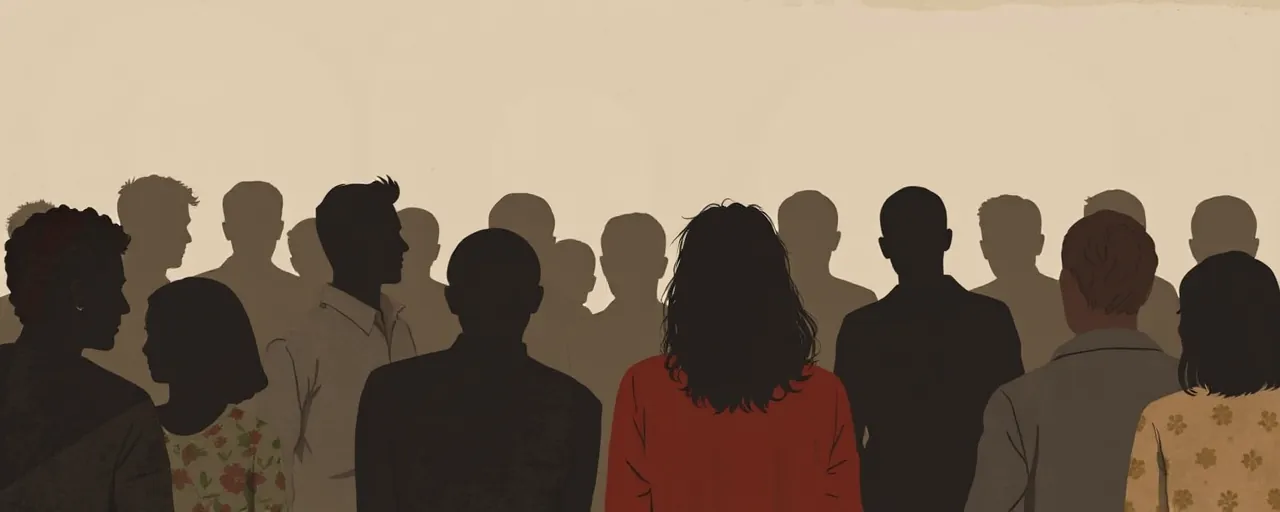A Lifeline Under Strain
For millions of Americans, Social Security is more than a program; it’s a lifeline. Retirees, people with disabilities, and survivors depend on these benefits to cover essentials like housing, healthcare, and food. Yet, recent changes to how the Social Security Administration operates have left many struggling to access what they’re entitled to. From longer phone wait times to field office closures, the system is buckling under pressure, and vulnerable groups are feeling the pinch.
In California alone, over six million people rely on Social Security. The state’s Attorney General, Rob Bonta, joined 21 other state attorneys general this week in a legal brief challenging federal policy shifts that have disrupted services. Their argument: these changes aren’t just inconvenient; they’re causing real harm, especially for older adults and those with disabilities who face new barriers to getting help.
The debate centers on a push for efficiency led by the Department of Governmental Efficiency, headed by Elon Musk. While the goal is to cut waste and streamline operations, critics argue the rapid pace of reforms has backfired, leaving the agency less equipped to serve those who need it most. Supporters, however, see the changes as a necessary overhaul of a bloated system. The tension raises a broader question: can efficiency and accessibility coexist in a program this vital?
What’s Changed and Why It Matters
The Social Security Administration has undergone sweeping changes in 2025. Staffing levels are at a 50-year low, with plans to cut 7,000 jobs, about 12% of the workforce. Dozens of field offices face closure or consolidation, and six of ten regional offices are slated to shut down. At the same time, new rules require in-person identity verification for many services, scrapping phone-based options. For the roughly six million seniors living far from field offices, particularly in rural states like Wyoming and Alaska, this means long, often impossible trips.
Phone services are also strained. Callers now wait 50% longer than in 2024, with average hold times stretching past acceptable limits for those who can’t easily stay on the line. The agency’s website, meant to ease the burden, has crashed repeatedly after the layoffs of half its IT staff. Compounding the issue, the agency announced it will rely on the social media platform X for public communications, a move that baffles many since most seniors don’t use social media.
These disruptions hit hardest for those with limited mobility or internet access. Nearly eight million elderly Americans report medical or mobility issues, and over six million don’t drive. For them, the shift to digital or in-person-only services isn’t just inconvenient; it’s a wall. The SSA says it’s monitoring the fallout and may adjust, but for now, the changes are creating chaos for those least equipped to navigate it.
Efficiency or Exclusion?
The push for efficiency comes from the Department of Governmental Efficiency, which argues that trimming staff and offices will root out fraud and save money. Yet, the SSA’s own inspector general reports fraud in just 0.0025% of cases, casting doubt on the need for such aggressive measures. Internationally, countries like Estonia and Singapore have streamlined government services successfully, but they prioritized gradual change and support for vulnerable groups—steps critics say are missing here.
Advocates for the reforms argue that modernizing the SSA is long overdue. They point to outdated systems and bureaucratic inefficiencies that slow down services. Digital tools and AI, they say, could handle routine tasks, freeing up staff for complex cases. But the reality is messier. With experienced staff gone and digital systems faltering, wait times for disability claims now average 236 days, and appeals take 277 days. Over a million people are stuck in limbo, and tens of thousands die waiting for decisions.
The stakes extend beyond individuals. States are feeling the ripple effects as residents turn to state aid programs to fill gaps left by federal disruptions. State-administered programs like Medicaid, which rely on SSA data, are also strained. The attorneys general’s brief warns that continued cuts could force states to pick up the tab, stretching already tight budgets.
Voices in the Debate
State attorneys general are stepping up as key players in this fight. Their legal brief argues that federal changes violate administrative law and harm residents by undermining access to benefits. This isn’t their first challenge; in February, California’s Bonta sued over privacy concerns tied to the Department of Governmental Efficiency’s access to personal data. These lawsuits reflect a broader trend of state officials using their authority to check federal policies they see as overreaching.
On the other side, federal officials defend the reforms as a response to a growing beneficiary base—73 million and counting—and a need to stretch limited resources. They argue that consolidating offices and leaning on technology will ultimately make the system more sustainable. Yet, advocacy groups for seniors and people with disabilities counter that sustainability can’t come at the cost of access. They’re pushing for Congress to intervene, citing the Rehabilitation Act of 1973, which mandates accessible services for people with disabilities.
Looking Ahead
The clash over Social Security’s future is far from resolved. The attorneys general’s legal challenge may slow or alter the pace of reforms, but deeper issues remain. How does an agency serving millions balance efficiency with equity? Can digital tools bridge the gap for those left behind by the digital divide? These questions demand answers as the population ages and demand for benefits grows.
For now, Americans caught in the system’s upheaval face real consequences: delayed checks, unanswered calls, and long trips they can’t always make. The debate over Social Security isn’t just about budgets or policies; it’s about people’s ability to live with dignity. As the courts and policymakers wrestle with the path forward, the human cost of getting it wrong is impossible to ignore.
